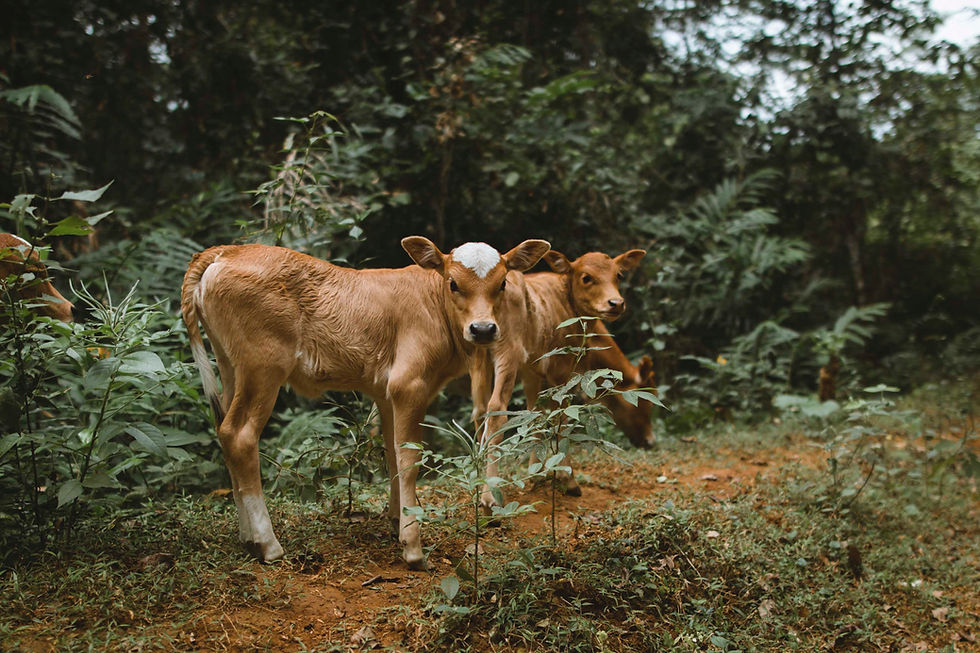Loss of Biodiversity
- reef
- Jun 30, 2022
- 1 min read
Biodiversity refers to a habitat's or ecosystem's or the world's or both's diversity of life. Every living creature, from people to things we know little about like bacteria, fungi, and invertebrates, is included in biodiversity. Biodiversity includes not only species that we perceive to be uncommon but also those that are vulnerable or endangered. We run the danger of disturbing the balance of ecosystems and losing biodiversity as people put more and more strain on the world by taking more resources than is available and hurting the environment. According to WWF's 2020 Living Planet Report, since 1970, some populations of mammals, fish, birds, reptiles, and amphibians have decreased by an average of 68%. There are also one million animal and plant species are currently in danger of extinction, the largest number in human history.
Since the last major extinction, the pace of loss of biodiversity has decreased dramatically. The United Nations' ten-year-old effort to halt by 2020 the decrease of species and ecosystems has been a failure, and many of the goals have not been accomplished. Government representatives should collaborate with the biodiversity experts in the world and work to finalize new and accomplishable goals. An essential component of biodiversity conservation is the protection of habitats, through the identification of habitats that are threatened and removing those threats in order to preserve the natural region. New steps must be taken by national governments to preserve natural habitats and the biodiversity of the world.

Reef
The Carbon Newsprint
Sources



Comments